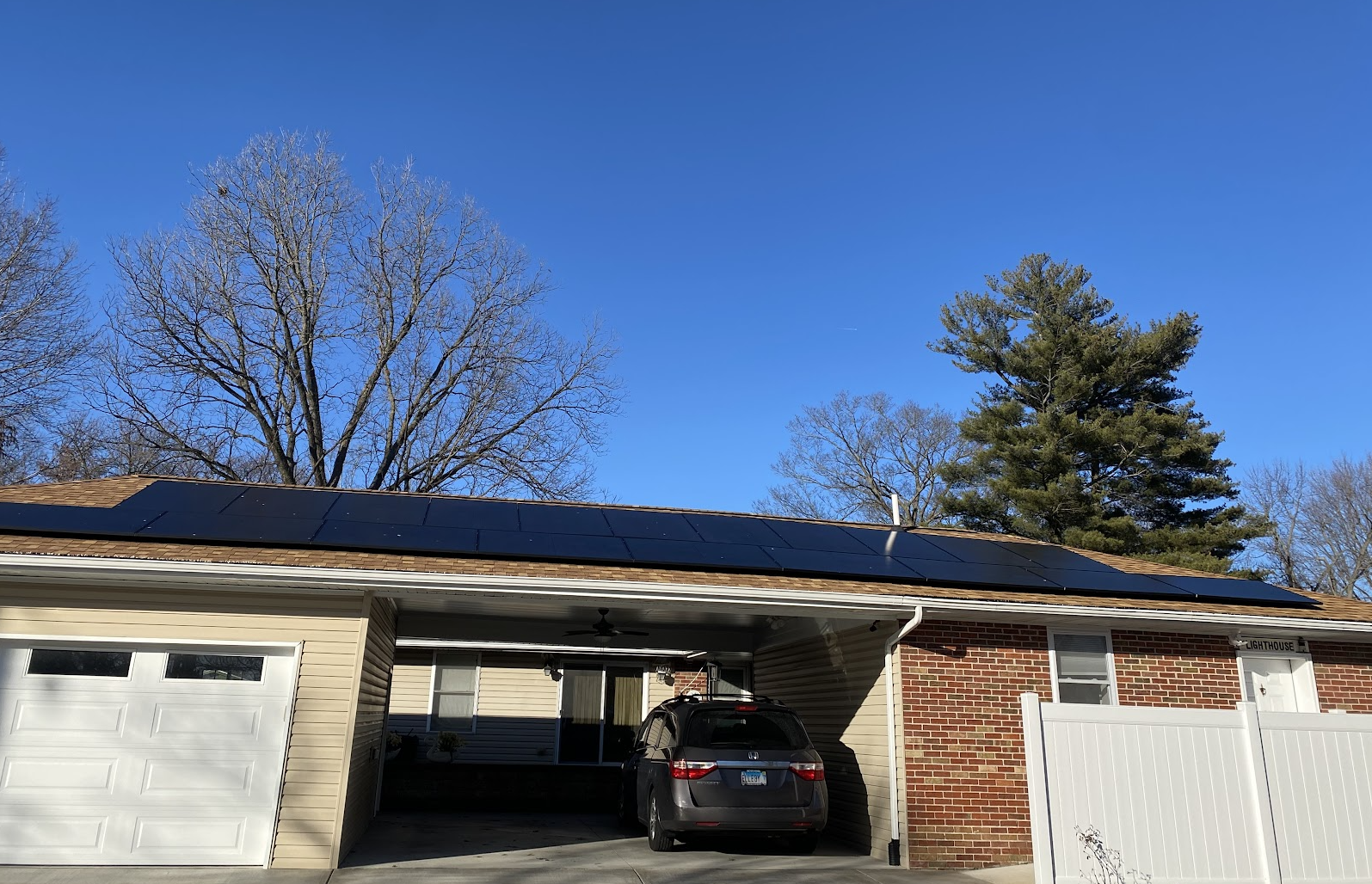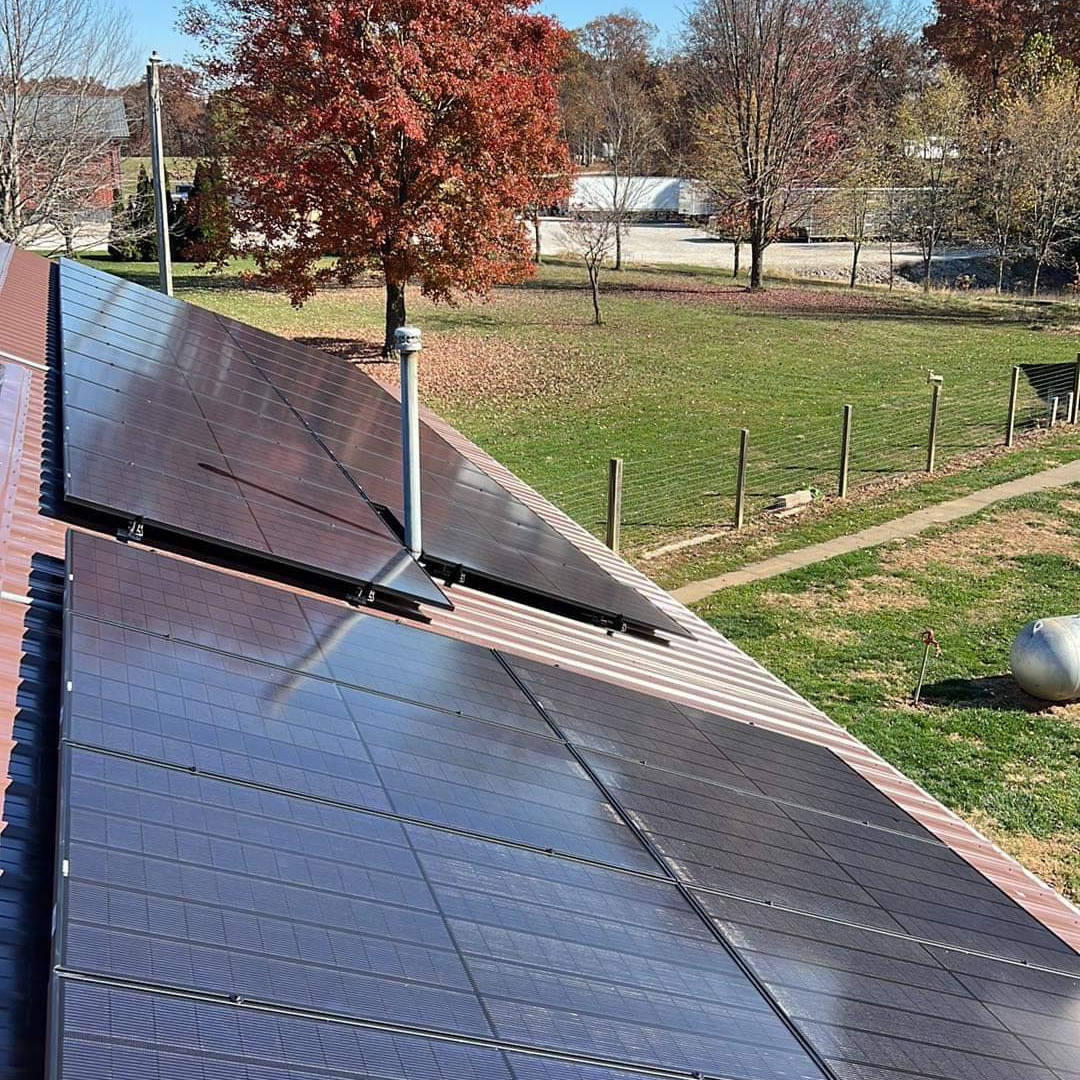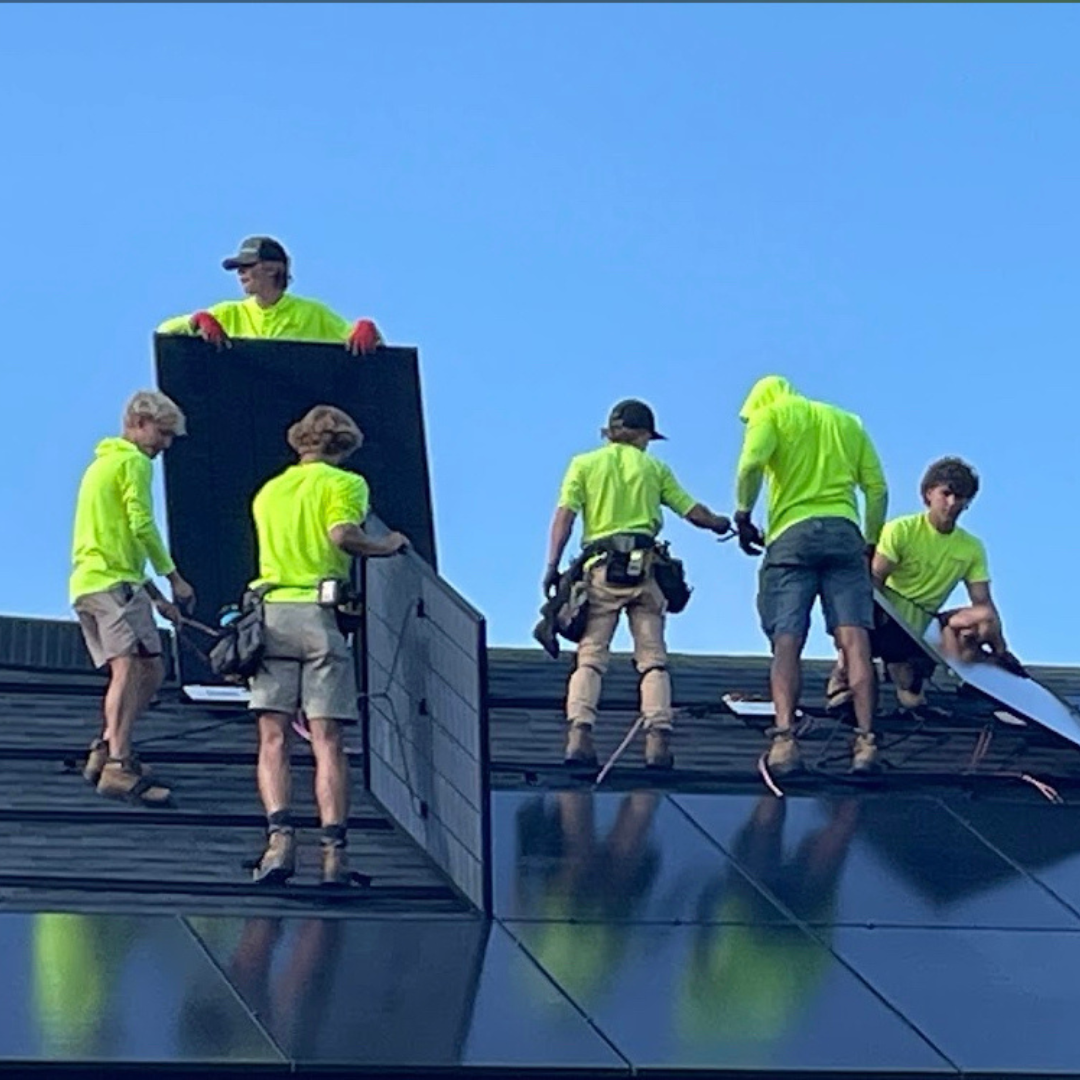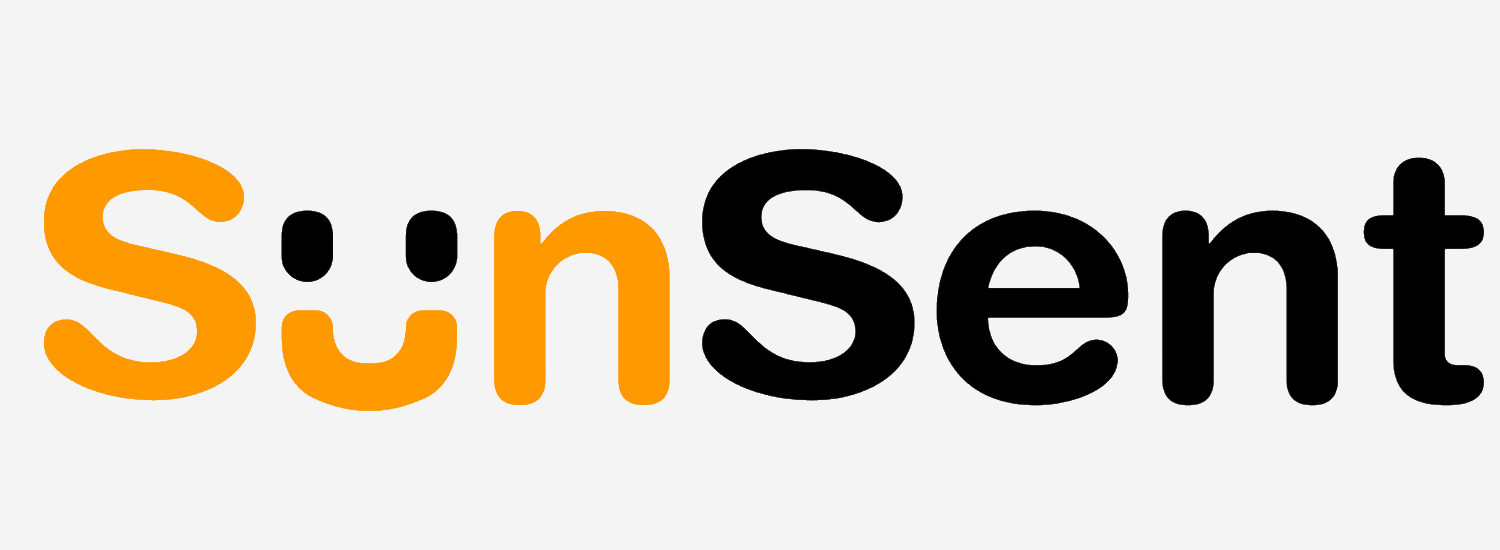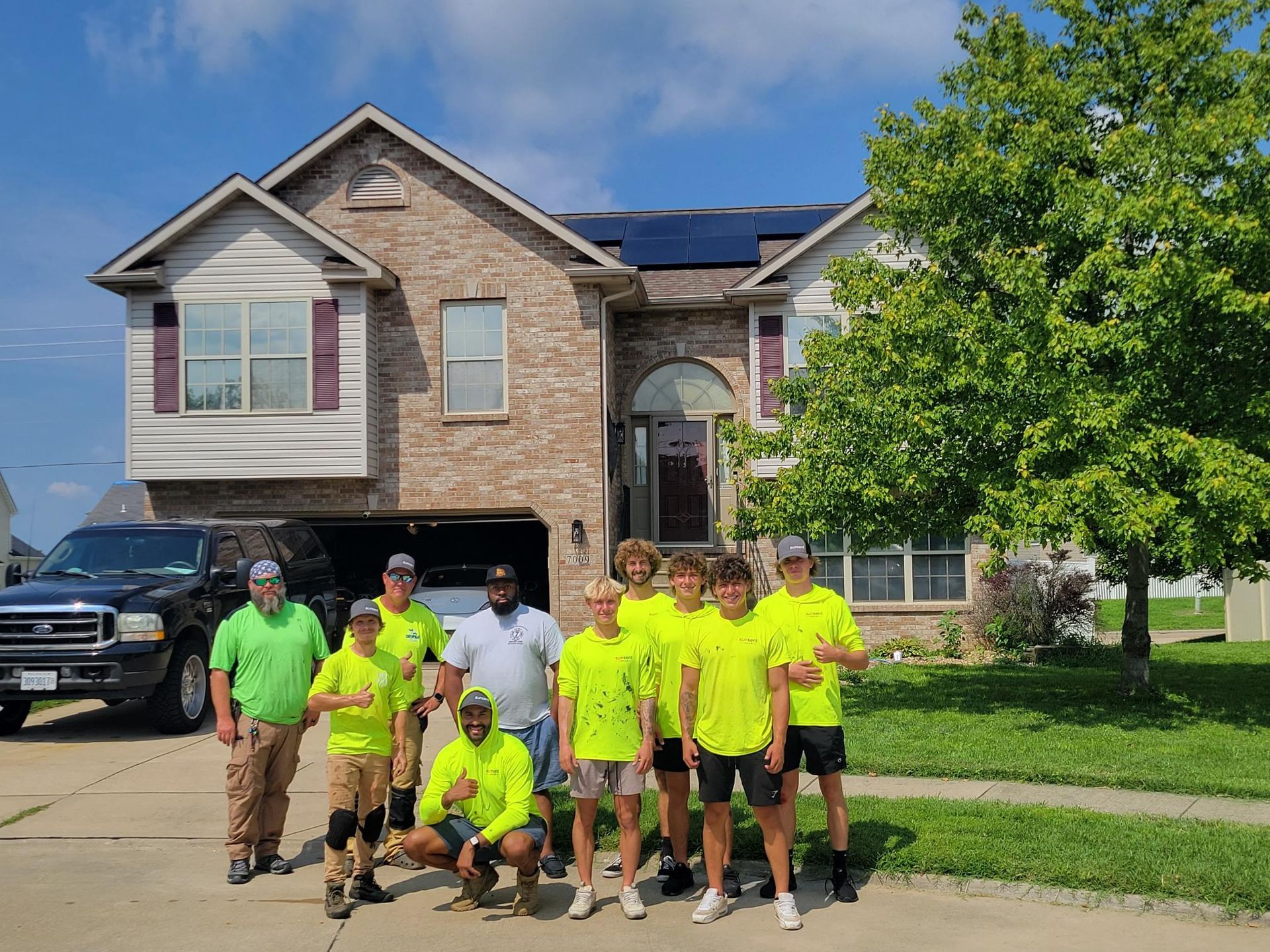A Battery Showdown: Tesla Powerwall 3 or The FranklinWH?
As renewable energy becomes a staple for eco-conscious homeowners, energy storage solutions like the Tesla Powerwall 3 and FranklinWH are at the forefront of innovation. Whether you’re looking to maximize your solar power investment or safeguard your home against outages, understanding the differences between these two systems is key. SunSent Solar, your trusted solar partner in Missouri and Illinois, is here to help you make an informed decision.
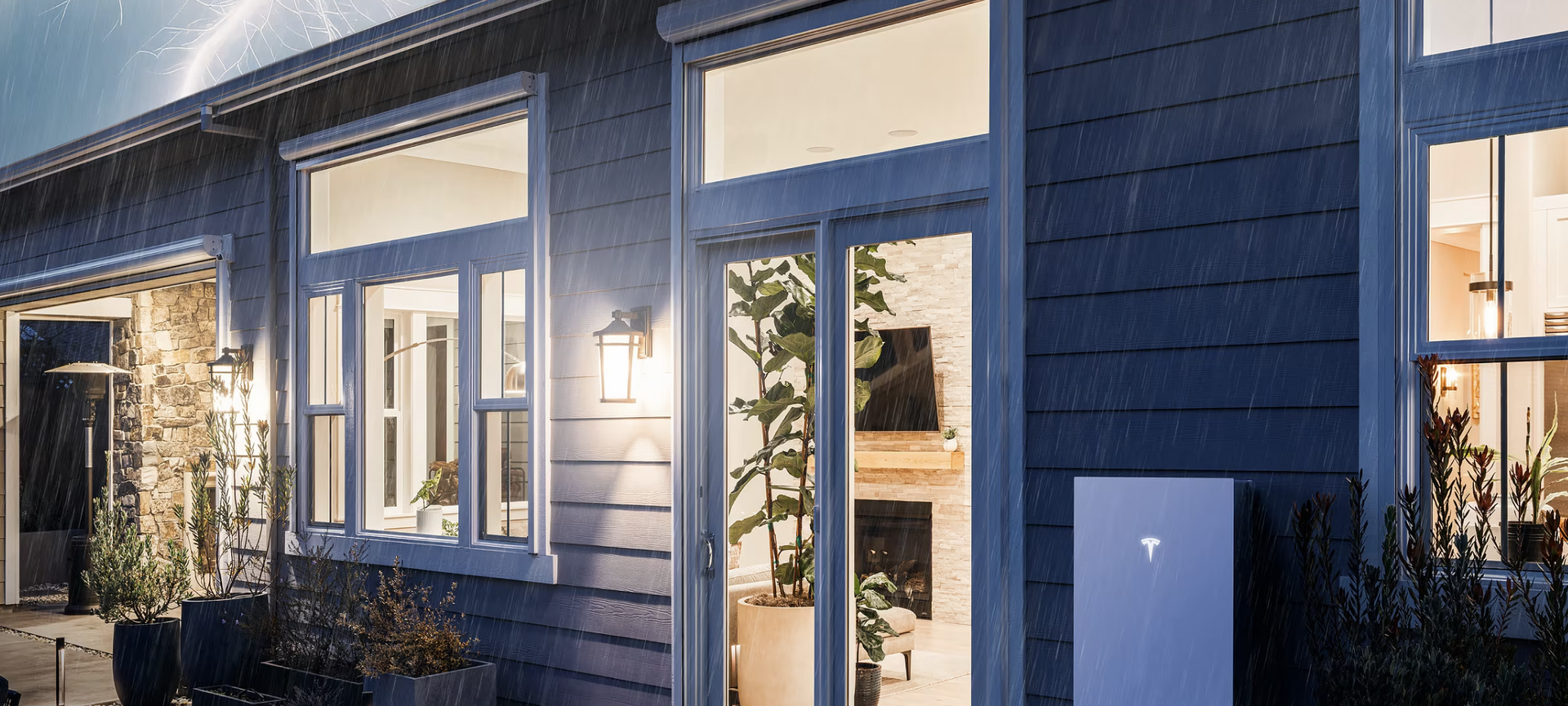
Tesla Powerwall 3: A Leap in Energy Storage
The Tesla Powerwall 3 is a cutting-edge solution with features designed to elevate home energy management. With an 11.5 kWh output power, it offers reliable performance during power outages, even for heavy-duty appliances requiring up to 11,000 watts.
A key highlight of the Powerwall 3 is its built-in inverter with six MPPTs, allowing up to 20 kW of solar panels without additional hardware. Its sleek, space-saving design adds a modern touch to your home, while Tesla’s established reputation for innovation ensures peace of mind.
While the Powerwall 3 is expected to cost around $10,400 before installation (similar to its predecessor), its value lies in its efficiency, reliability, and the ability to seamlessly integrate with solar panels. SunSent Solar can guide you through the installation process to ensure your system operates at peak performance.
FranklinWH: A Dependable Newcomer
Relatively new to the market, FranklinWH’s Home Power Battery has quickly gained a reputation for dependability. With a 13.6 kWh energy storage capacity and 12-year warranty, it emphasizes "whole-home backup," providing a consistent power supply during outages.
The FranklinWH battery features a 10 kW peak output and 5 kW continuous power, making it a versatile option for many homeowners. Its ability to connect up to 15 solar panel units offers flexibility for varying energy needs. For those prioritizing durability and comprehensive warranty coverage, FranklinWH is a strong contender.
Powerwall 3 vs. FranklinWH: Key Considerations
Both systems excel in energy storage, but your choice depends on your unique needs:
- Brand Trust and Innovation: Tesla’s established reputation and proven track record may sway homeowners toward the Powerwall 3.
- Durability and Warranty: FranklinWH’s robust design and comprehensive warranty offer a sense of security for long-term use.
- Energy Needs: The Powerwall 3’s higher output is ideal for larger homes or heavy-duty appliances, while FranklinWH’s capacity suits more standard requirements.
- Budget: Installation costs for both systems are comparable, but specific needs may impact overall expenses.
At SunSent Solar, we specialize in pairing the perfect energy storage solutions with our clients’ solar systems, ensuring every homeowner gets maximum value from their investment.
Ready to Power Your Future?
No matter which system you choose, investing in energy storage technology is a smart step toward sustainability and energy independence. And there’s never been a better time to act!
Right now, SunSent Solar is giving away a Tesla Powerwall 3 with full installation—an $18,000 value—completely FREE! Don’t miss your chance to upgrade your energy future. Enter to win at sunsent.com/tesla.
Take the next step toward energy freedom with SunSent Solar. Whether you're in Missouri or Illinois, we’re here to empower your home with cutting-edge solar and storage solutions.
